Is there a way to search WikiCommons? ZAZ numbers don't seem to work and 26' launch just got me a bunch of rochet launching pictures. I'm hoping to get higher res pictures there than I can get a the RMG.
Last edited:
 |
As a way to introduce our brass coins to the community, we will raffle off a free coin during the month of August. Follow link ABOVE for instructions for entering. |
 |
 |
The beloved Ships in Scale Magazine is back and charting a new course for 2026! Discover new skills, new techniques, and new inspirations in every issue. NOTE THAT OUR FIRST ISSUE WILL BE JAN/FEB 2026 |
 |
Not sure which "she" you're referring to. My "she" is the sloop of war Constellation built in 1854 which I'm building in 1:36 scale (I gave a link in that post and my signature). This is the drawing of her boats from the US National Archives:What kinds of boats are each of these? She carried eight boats, thus my question. Thanks
Don, ZAZ numbers are best used on the RMG siteIs there a way to search WikiCommons? ZAZ numbers don't seem to work
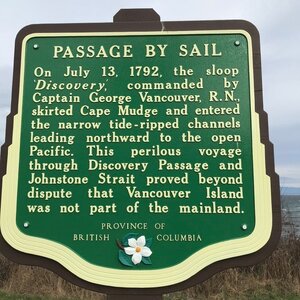
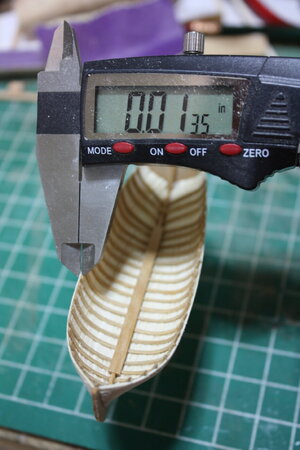
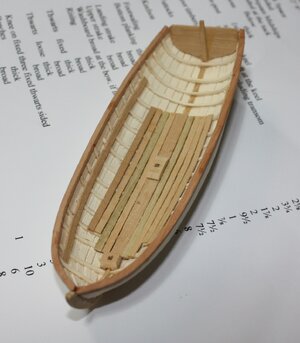
Vancouver does mention the launch, yawl and cutters quite a bit. He never mentions a pinnace. I have Menzies journal but it only covers the time they were in the Puget Sound- Discovery Passage area. He only mentions the boats a couple of times. I'll have to open both of the journals at the same dates and see if that adds any light.Sorry Don, I should have looked at your signature that points out which vessel and went back to your post #31. Still new here and missed this. 1789 boat designs were pretty much the same as 1774. By the same token I am sure no two boat yards built every boat the same. There were contracts as mentioned above giving a number of scantlings and they had the body plans, but this does not mean they were followed exactly. Going on the assumption she was outfitted as a sixth rate she would have probably had a pinnace and two cutters. BUT, her purpose and her captain might call for differences. The journal is contemporary and specific. Barring any other specific contemporary information, the journal is a good indicator. As Vancouver does not make mention one way or the other and Menzies and the middie did, I would go with the pinnace, launch and two cutters. I sincerely doubt anyone can argue the point unless them found additional contemporary information.
Time will tell. Thanks for the help.
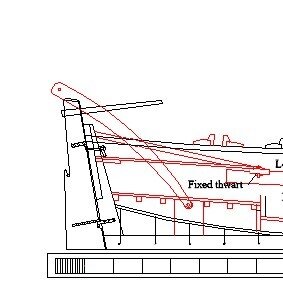
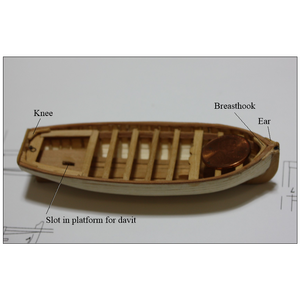
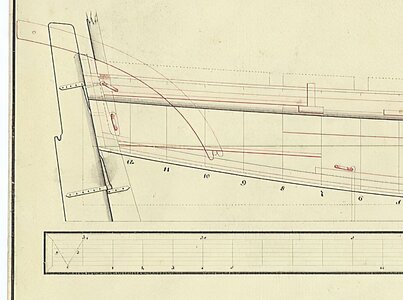
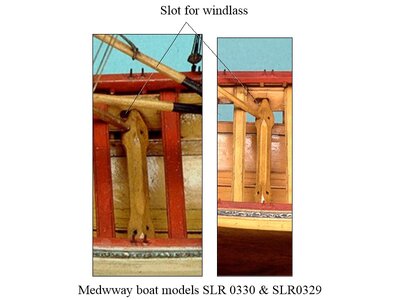
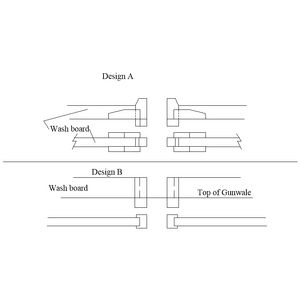
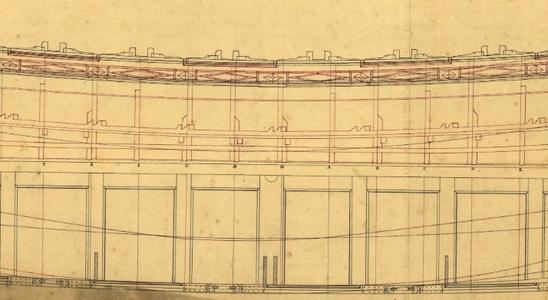
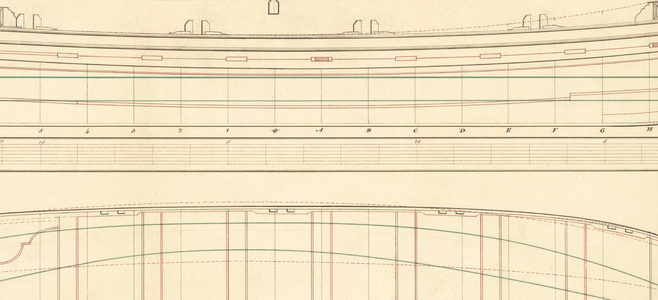
Hello Allan,I don't know if this was simply a modeler's convention or used on the actual boats. Any thoughts on this are most welcome.
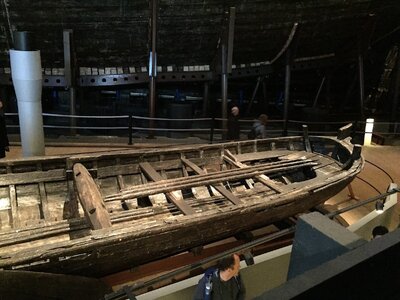
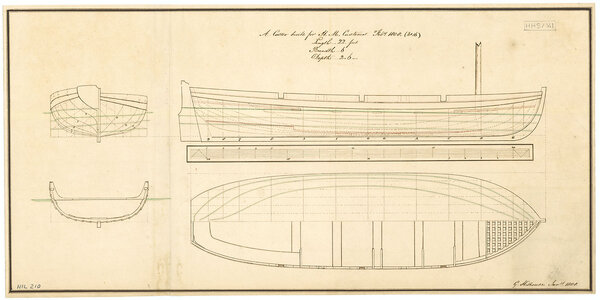
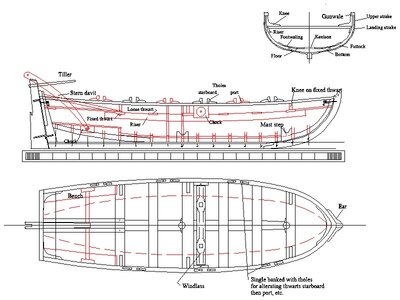
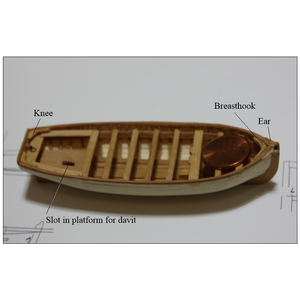
These really are not hard to build, I realize it is a translation thing but there were no lifeboats on these old ships, only work boats.building lifeboats is one of my night terrors.
